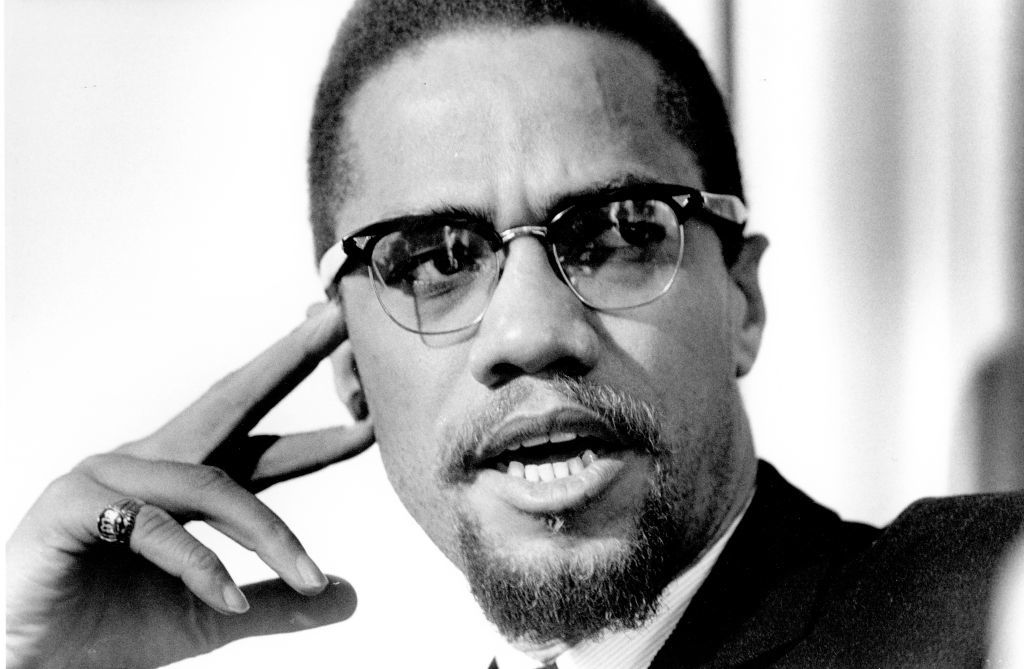
August 12, 2025
Harlem commemorates the 100th anniversary of the Harlem Renaissance by renaming a Harlem-based subway station in Malcolm X’s honor.
A Harlem-based train station for New York City’s MTA has officially been renamed the Malcolm X Plaza to honor the famed civil rights leader.
The 110 St-Central Park North subway station for the 2 and 3 trains has officially been renamed to 110 St-Malcolm X Plaza, the MTA announced on August 10. New York Gov. Kathy Hochul was joined by the slain revolutionary’s daughters in Harlem to sign the legislation during the 51st annual Harlem Week celebration.
“Starting today, the 110th Street–Central Park North station proudly bears the name of one of Harlem’s most powerful voices: Malcolm X,” Gov Hochul announced. “Honored to join his daughters in celebrating their father’s unwavering fight for justice.”
The renaming pays tribute to the influential civil rights leader who spent many years in Harlem, residing there as a teenager and again in the final chapter of his life. The announcement was made during this year’s Harlem Week celebration, and also commemorates the 100th anniversary of the Harlem Renaissance, an era born after the Great Migration, when 175,000 Black residents moved to Harlem seeking refuge from the racist Jim Crow South.
“One of the best ways to celebrate the rich history and community of Harlem is to recognize the contributions of Malcolm X and the Harlem Renaissance to New York and to the world,” Hochul said.
“From the struggle for civil rights and equality to boundary-breaking cultural impacts of American icons like Zora Neale Hurston and Duke Ellington, Harlem has been at the center of progress in our nation for generations.”
Born Malcolm Little before changing his last name to X following his conversion to Islam, Malcolm X was regarded as a powerful voice in the civil rights movement. Known for his advocacy of Black racial pride and resistance to oppression, he rose to prominence as the national spokesperson for the Nation of Islam in the 1950s and early 1960s.
His frequent criticism of integration and the nonviolent protest practiced by Dr. Martin Luther King Jr. often painted the two as enemies, but they shared a mutual respect, meeting briefly in 1964 and recognizing the shared goal of achieving justice for Black Americans despite differing strategies. After leaving the Nation of Islam in 1964, Malcolm X founded the Organization of Afro-American Unity and broadened his vision to include global human rights advocacy before his assassination in Harlem in February 1965.
Harlem was central to his life and activism, as he lived, worked, and preached there, delivering speeches at local mosques and on street corners that galvanized the community and cemented his legacy as one of the neighborhood’s and world’s most influential leaders. The subway station renaming joins other parts of Harlem already bearing his name, including Malcolm X Boulevard, also known as Lenox Avenue, which stretches from 110th Street to 147th Street, the Malcolm Shabazz Harlem Market, and the Malcolm Shabazz Plaza.
“Renaming this subway station as Malcolm X Plaza is more than symbolic; it’s a powerful, permanent reminder that Harlem remembers its heroes,” said Yusef Salaam, Councilmember and one of the exonerated Central Park 5. “Every rider who passes through will encounter the name of a man who dared to speak truth to power, who demanded dignity for the oppressed, and who inspired generations to rise above adversity.”
RELATED CONTENT: 7 Malcolm X Quotes On Black Empowerment

